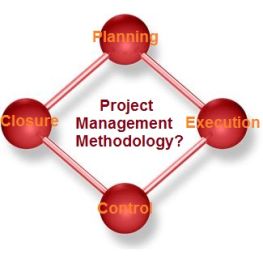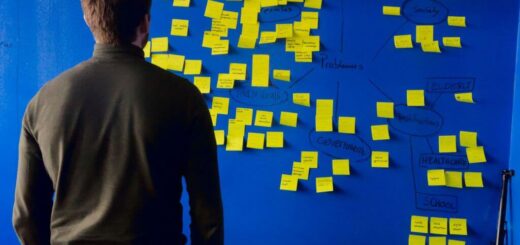project management methodology definition
Worth Reading
-
Reviewing Resumes: How to Pick the Best Job Candidate
June 17, 2023
-
Reaching Effective Policy Management in Five Steps
February 3, 2012
-
The Role of Business Analyst in Project Management
February 25, 2013
More












